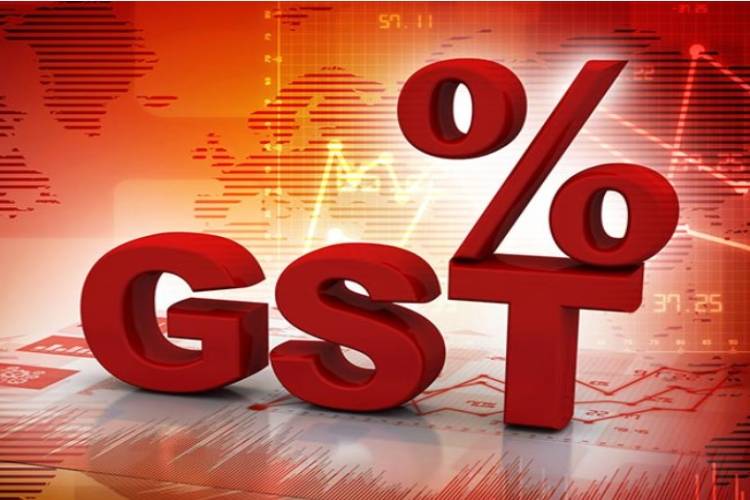
The recent GST Council meeting in Jaisalmer brought forth a mix of significant amendments and controversial decisions. While steps to enhance compliance and rationalise the GST framework were welcomed, some decisions revealed persistent challenges within India’s indirect tax system. From retrospective changes to caramelised popcorn taxation, the Council’s moves have reignited debates about the simplicity and fairness of the GST regime.
The GST Council approved several amendments aimed at improving the CGST Act’s clarity and enforcement mechanisms. A notable change was the retrospective amendment to Section 17(5)(d), replacing ‘plant or machinery’ with ‘plant and machinery’. This amendment, effective from July 1, 2017, overturns the Supreme Court’s Safari Retreats judgment, disallowing realtors from claiming input tax credit on construction costs for rental properties.
READ | Why cryptocurrency will never replace real money: The open secrets no one’s talking about
To combat tax evasion, a new provision (Section 148A) empowers the government to implement a track-and-trace mechanism for high-risk commodities. This mechanism will use Unique Identification Marking, ensuring better compliance and accountability. Additionally, the Council clarified that supplies from Special Economic Zones or Free Trade Warehousing Zones prior to export clearance or domestic transfer will not attract GST, aligning with the treatment of Customs-bonded goods.
Rationalising GST rates
While some tax relief measures, like the exemption of gene therapy and reduction of GST on fortified rice kernels, were lauded, other decisions drew criticism. For instance, the decision to impose an 18% GST on caramelised popcorn sparked outrage. Experts argue that such classifications add unnecessary complexity to an already convoluted system. Former Chief Economic Adviser Arvind Subramanian criticised the move as contradictory to the Good and Simple Tax philosophy.
This complexity is not limited to popcorn. India’s GST structure—with four or more slabs—stands out globally for its intricacy. Examples abound, from varying rates on rotis and parathas to differential taxation on buns and cream buns. Such inconsistencies increase compliance burdens, reduce ease of doing business, and foster bureaucratic discretion.
Deferred decisions and long-term challenges
Key issues, such as bringing aviation turbine fuel under GST and rationalising rates for health and life insurance, remain unresolved. The Council’s decision to defer these matters, along with the extension granted to the groups of ministers on rate rationalisation and compensation cess, underscores the need for swift action.
The compensation cess, introduced to offset state revenue losses during the pandemic, has been extended until March 2026. However, experts emphasise the need for a clear timeline to phase it out. Legal reforms will be necessary if the cess is to continue beyond its current mandate, as prolonged reliance on temporary measures risks destabilising the GST framework.
Towards a simplified tax structure
The multiple-rate GST structure, while initially designed to accommodate diverse economic realities, now warrants a comprehensive review. Simplifying tax slabs, reducing exemptions, and moving toward a revenue-neutral rate are essential steps. The GoM’s recommendations must address these issues holistically to ensure a sustainable and equitable tax regime.
Additionally, fiscal federalism demands attention. The GST framework has centralised revenue collection, leaving states dependent on compensations to fund welfare programs. This imbalance has led to politically driven welfare schemes, often at the expense of fiscal prudence. A genuine dialogue on the politics and economics of welfare is crucial to ensure long-term social and economic stability.
Roadmap for reforms
The GST Council must prioritise simplifying the tax system to align with global best practices. Of the 115 countries surveyed in the World Bank’s India Development Update, only five—including India—have four or more GST slabs. Most countries operate with one or two rates, reflecting fairness and efficiency.
Achieving this simplification will require:
Consolidating tax slabs: Reducing the number of slabs to two or three would streamline compliance and reduce disputes.
Rationalising product classifications: Eliminating arbitrary distinctions between similar goods, like popcorn or parathas, would improve fairness.
Enhancing state autonomy: Revisiting the devolution of taxation powers can address imbalances and empower states to meet local developmental needs.
Ensuring revenue neutrality: Balancing tax rates to maintain fiscal stability without overburdening consumers or businesses.
The GST Council’s recent decisions highlight the need for a more coherent and streamlined tax regime. While progress has been made in plugging gaps and improving clarity, much remains to be done to realise the Good and Simple Tax vision. A simplified, transparent, and equitable GST system is not just a tax reform goal but a necessity for fostering economic growth and enhancing India’s ease of doing business.
